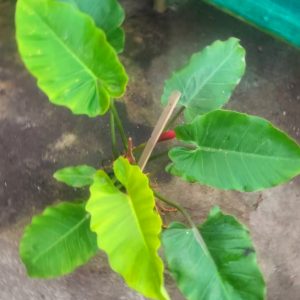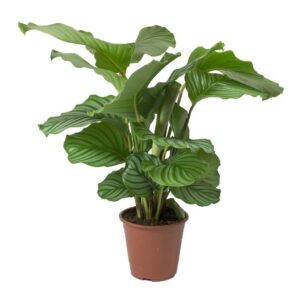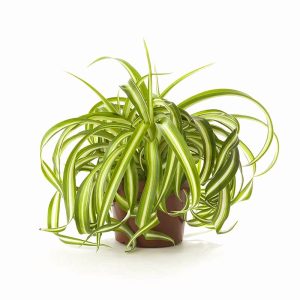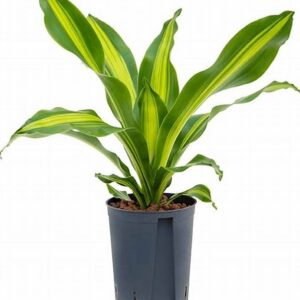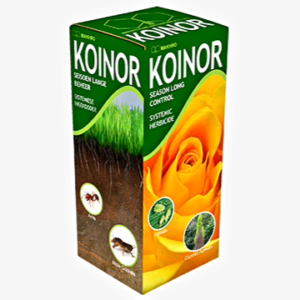Tips For Pruning Hibiscus
Hibiscus plants thrive on attention. Pruning hibiscus is a great way to give these plants just what they need. Pruning helps stimulate budding on new shoots. It also rejuvenates the plants after their long winter nap while encouraging them to maintain an attractive appearance and healthy, vigorous growth. Let’s look at when to prune hibiscus and the best techniques when pruning hibiscus plants.
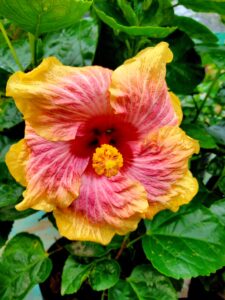
On the coast of KwaZulu Natal, hibiscus pruning should occur during spring. For the most part, hibiscus plants can be lightly pruned in late summer or early fall, but no hibiscus pruning should be done during late fall or winter. One of the downsides to waiting later in the season to prune is that plants may not develop as many branches and they will put out fewer blooms. Therefore, it is better to prune dead or weak growth entirely after the plants already beginning sprouting in spring. In fact, spring should be the only time for complete cutting back.
Pruning hibiscus plants entirely helps rejuvenate them for summer blooming. Branch tips can be pinched, or tip pruned, throughout the season, however, to encourage bushier growth, hibiscus plants should be pruned every year. Keep in mind that a hard-prune will result in a fuller plant with more flowers, but with a severe pruning that removes most of their top growth will delay by two to four months their first blooms for that year. This type of pruning should really be done for only old, ungainly and sparse plants.
it’s recommended that you disinfect your tools after pruning each tree. The reason for this is to prevent the spread of infectious diseases. Grovisan is an ideal disinfectant for this job. A pruning seal or tree seal compound is also recommended for the sealing of the wounds to prevent disease from setting in.
When pruning hibiscus plants, they should be cut about a third of the way back, leaving at least two to three nodes on the branches for new growth to emerge. These cuts should be made just above the nodes, leaving about 0.5 cm. Remove any weak, diseased, or dead growth, as well as crossing or leggy branches. Branches that are growing toward the center of the plant should also be removed.
Once temperatures have sufficiently warmed towards the end of spring, you can help give blooms an extra boost by increasing the amount of fertilizer with a medium to high amount of nitrogen (N), a low amount of phosphorous or phosphate (P), and a high amount of potash (K) – such as 3.1.5.(26) SR or Prescription Mix. Always use a fertilizer on your hibiscus with a low level of phosphate (P) as Phosphorous accumulates in hibiscus plants and binds to other minerals, which can cause toxic reactions that may kill the plants.





